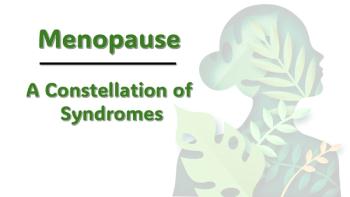
Eruptive Xanthomas in a Heavy Drinker and Smoker
A 36-year-old man was admitted to the hospital with acute mid-epigastric pain and vomiting. He was a heavy drinker and had smoked between 50 and 60 cigarettes a day for the last 15 years.
A 36-year-old man was admitted to the hospital with acute mid-epigastric pain and vomiting. He was a heavy drinker and had smoked between 50 and 60 cigarettes a day for the last 15 years.
The patient was anxious and distressed. His temperature was 37°C (98.6°F); blood pressure, 120/90 mm Hg; pulse rate, 100 beats per minute; and respiration rate, 25 breaths per minute. Generalized eruptive xanthomata were noted on the trunk, buttocks, arms, and legs. A funduscopic examination revealed lipemia retinalis.
An ECG showed sinus tachycardia; a chest film was normal. The abdomen was distended, a finding consistent with paralytic ileus. A plain abdominal upright film revealed a “sentinel loop,” and an abdominal ultrasonogram confirmed pancreatic inflammation.
The serum glucose level was 540 mg/dL; creatinine, 2 mg/dL; urea, 40 mg/dL; total cholesterol, 1390 mg/dL; and triglycerides, 7600 mg/dL. Serum amylase was 485 IU/L (upper normal limit, 90 IU/L); and urine amylase was 4440 IU/L (upper normal limit, 600 IU/L). Arterial blood pH was 7.2. A urine specimen showed glycosuria and ketonuria.
Drs H. Milionis, G. Liamis, and Moses S. Elisaf of Ioannina, Greece, write that the patient had type V hyperlipidemia. Increased levels of chylomicrons and very low density lipoprotein led to severe hypertriglyceridemia.
Acute pancreatitis is commonly seen in patients with chylomicronemia (serum triglyceride levels greater than 2000 mg/dL). Heavy drinking may aggravate this condition. In this patient, hypertriglyceridemia that was exacerbated by alcohol use resulted in pancreatitis, which ultimately led to ileus, diabetic ketoacidosis, and glycemic control derangement.
Pancreatitis and diabetic ketoacidosis were successfully managed; a nasogastric tube was placed, fluids and electrolytes were replenished, and insulin was administered intravenously by pump. Gemfibrozil (600 mg bid) was prescribed.
The patient was discharged after 6 weeks. The eruptive xanthomata had regressed and the funduscopic examination was normal. Fasting glucose levels were 160 mg/dL, total cholesterol was 310 mg/dL, and triglycerides were 720 mg/dL. The patient was advised to take his medication (glipizide, 10 mg twice daily, and gemfibrozil, 600 mg twice daily), maintain a strict hypolipidemic diet, and abstain from alcohol and cigarette smoking.
Newsletter
Enhance your clinical practice with the Patient Care newsletter, offering the latest evidence-based guidelines, diagnostic insights, and treatment strategies for primary care physicians.











































































































































































































































































































